In this blog, we are looking into the design of two characters who are the epitome of hero vs. antihero – Batman and his infamous arch nemesis, the Joker – and how over several decades, the look of both has dramatically transformed.
From beginning in comic books, to television and on to the big screen, the use of colour has always been an important aspect of designs for both heroes and villains. Primary colours were used for superheroes and secondary colours were given to the villains – a clever way of strengthening the contrast between good and bad.
Comic Book Origins

“If the Commissioner could see his young friend now… He’d be amazed to learn that he is the Bat-Man!”
Originally named “The Bat-Man”, Gotham’s mysterious hero was co-created by Bob Kane and Bill Finger in 1939. He made his debut in Detective Comics #27 (published on March 30, 1939) as the alter ego of wealthy socialite Bruce Wayne. Batman became so popular that he featured in a self-titled comic book series in 1940 as well as still starring in the Detective Comics.
Kane’s original designs showcased Batman in a more colourful attire. The primary costume consisted of a red coloured jumpsuit with a domino style mask and a pair of oversized bat wings. Finger then reviewed the designs and came up with several vital suggestions including swapping the mask for a cowl, a scalloped cape instead of the wings, adding gloves and replacing the red elements with a grey and black colour scheme.

“If they’re going to play with the Joker, they’d better be prepared to deal from the bottom of the deck!”
The creation of the Joker is credited to Bob Kane, Bill Finger and Jerry Robinson who all convey different accounts on how the character was devised. A clear source of inspiration was an image of Conrad Veidt as Gwynplaine from the 1928 silent film The Man Who Laughs found by Bob Finger, who displays the sinister maniacal grin that the Joker has now become famous for. The character first appeared in Batman #1 (published on April 24, 1940) as a psychopath who murdered characters for his own amusement.
From his first appearance in the comics, the design of the Joker was flamboyant, sporting his now signature bright purple attire and paired with his now iconic white chalky face, red lips, and green hair. It was clear the character wanted to be seen.
1960’s TV Series
By the early 1960’s, the interest and sales in Batman comics had lowered significantly and Gotham’s hero needed a revamp. The comic book series was assigned to editor Julius Schwartz who bought in artist Carmine Infantino to come up with a new modern-day look for Batman. Changes included the addition of the yellow oval featuring the bat emblem to his costume.
In the mid 1960’s tv network giant ABC had secured the rights to create a “fun and hip” television series based on the comic book hero. The project was handed over to producer William Dozier, who decided that the show needed to visually exude a pop-art kitsch theme and heavily focus on comedy. Debuting on January 12th, 1966, the show was a hit and the fun aesthetic regained interest in the character.
The flamboyant nature of the series was reflected in the costumes for all characters. Costume designer Jan Kemp researched many Batman comics and took inspiration from Infantino’s new style. He quickly established that new combinations of bright colours needed to be introduced, so the characters carried the same exuberance on screen as they did in the comic strips.
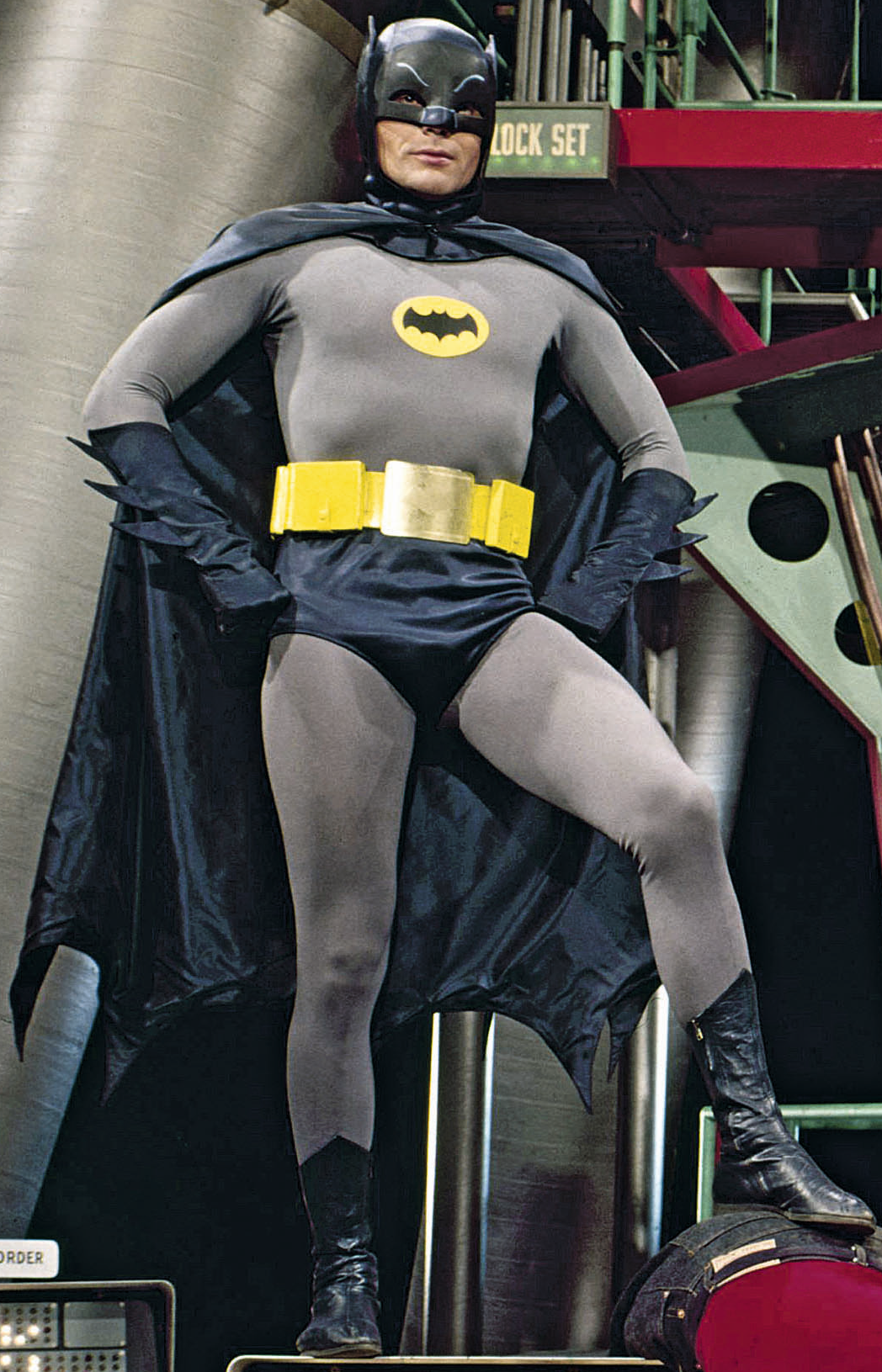
Image courtesy of Batman 60s Wiki
Batman’s costume was one of the first designs envisioned by Kemp, who had to keep in mind that the costume needed to withstand stunt work. The Caped Crusader’s costume comprised of a blue satin cowl displaying painted ear, eyebrow, and nose detailing; a grey leotard decorated with the yellow chest emblem and Helenca tights (both garments were dyed that specific shade of grey for the production); a lightweight blue satin cape with the signature scalloped edges; a pair of blue gloves with winglets; a bright yellow utility belt; blue satin trunks and custom blue leather boots.

Image courtesy of Pinterest
The choice of casting suave actor Cesar Romero to play the Joker seemed an unusual choice, but his eccentric adaptation made a real impact throughout all three series. Kemp wanted to still keep some of Romero’s charming image and decided on tailcoat, waistcoat, and striped trousers. But to give if that flair of the Joker, the suit was created in a bright magenta, the ideal contrast to Batman’s ensemble. The bold suit was paired with a green shirt, black ribbon tie and matching pink gloves. Romero famously refused to shave off his trademark moustache, so the classic white face makeup was applied over the top.

Image courtesy of Rebloggy
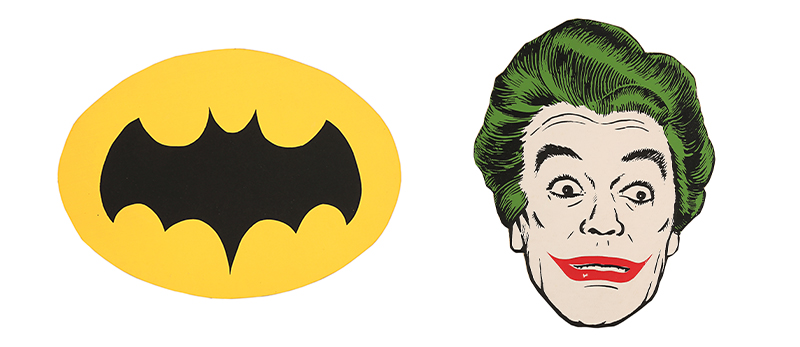
(LEFT) Lot 69 – Batman’s (Adam West) Surfboard Logo, Batman (TV 1966-1968) and (RIGHT) Lot 70 – The Joker’s (Cesar Romero) Surfboard Logo, Batman (TV 1966-1968)
Moving To The Big Screen
Producers Michael E. Uslan and Benjamin Melniker acquired the film rights from DC Comics and Ulsan wanted to explore a gloomier and more serious version of Batman for the silver screen. And who better to help steer the character into a darker setting then director Tim Burton, who was already well-known for his love for the weird and gothic visuals.
Batman (1989)
Burton bought on Academy-Award winning costume designer Bob Ringwood who transformed the look of Gotham’s hero. Ringwood produced a more armoured and muscular design and introduced the combination of prop-making techniques within his costume design. This version of the Batsuit reflected the original comic book designs and stepped away from the boldness seen in the series back in the 60s. The blue and grey colour scheme was replaced with an all-black ensemble, with hints of yellow. It was this design that would become the template for the Batsuits in all subsequent live-action film adaptations.

Image courtesy of Pinterest
Producing this new Batsuit was a lengthy process and required many trials with varying materials. The tight-fitting suit was made from Neoprene with sculpted foam-rubber body armour sections.
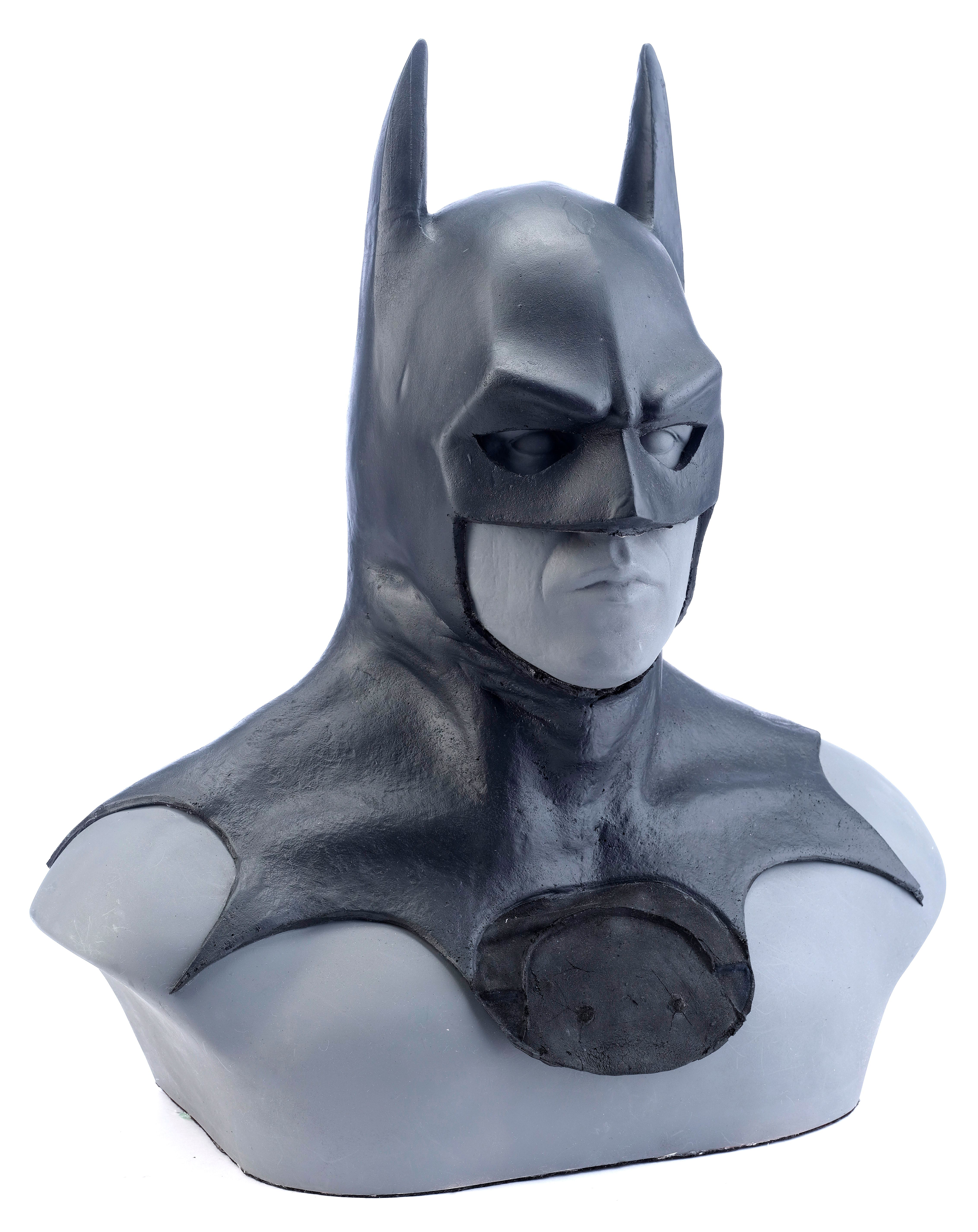
Lot 73 – Production-Made Batman (Michael Keaton) Cowl, Batman (1989)
There were also several trials in creating the cowl and cape – both fundamental elements of the costume. Thick latex featuring a bat-skin texture was used to produce a heavy cape which created impact when it moved on screen. The bottom of the cowl featured scalloped seams which were glued and bolted down to the cape to produce a seamless finish. However, this meant that Keaton could not physically turn his head without damaging the costume, and the suit caused a variety of mobility issues for the actor and stunt actors. This was a problem that remained with subsequent Batsuits for many years to come. It was also known to be a very claustrophobic costume to wear, something that Keaton used as an advantage as it helped him get into character. Black makeup was also applied around Keaton’s eyes and worn under the mask to produce a more menacing appearance.
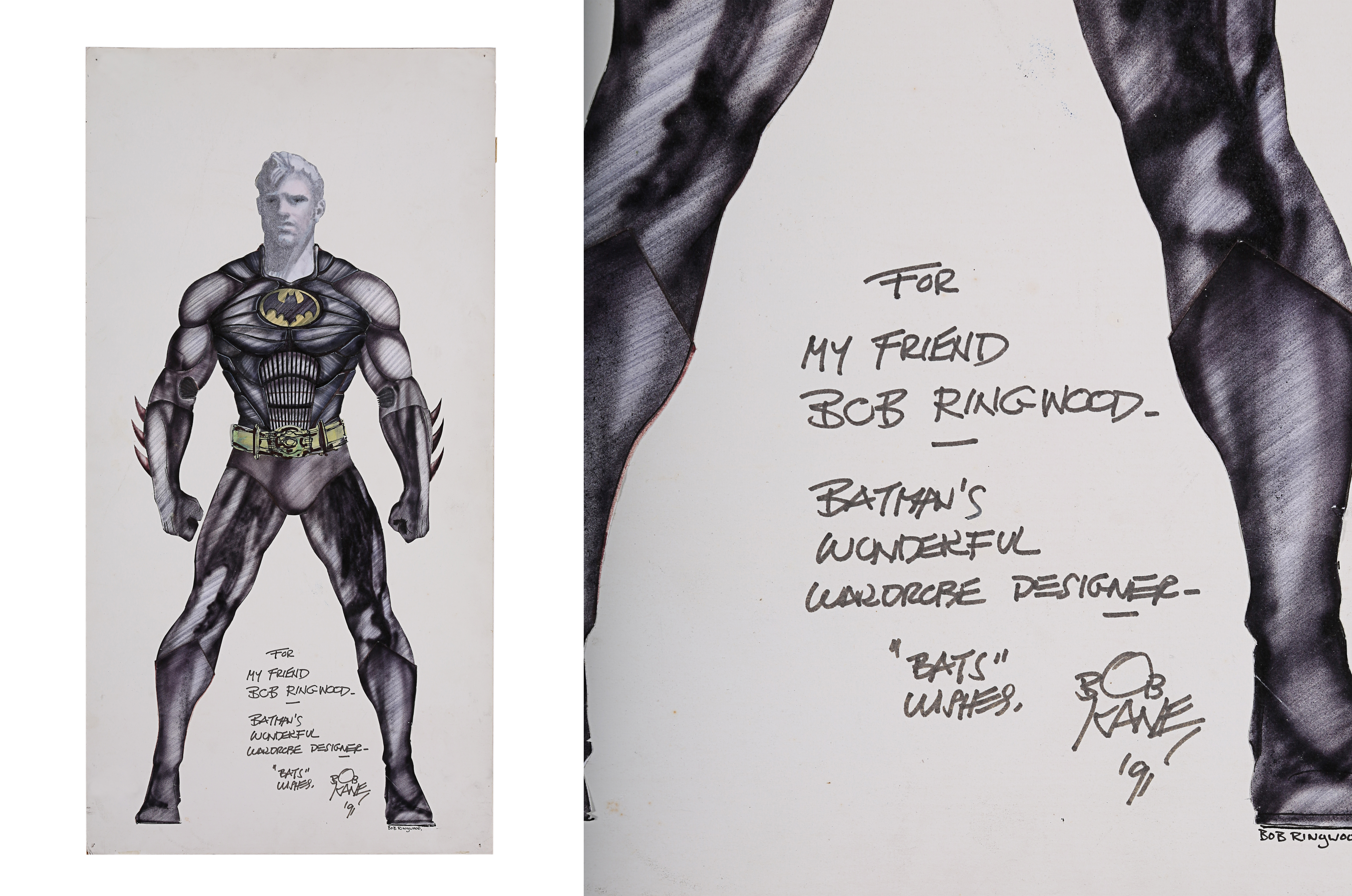
Lot 78 – Bob Ringwood Hand-drawn Batman (Michael Keaton) Costume Design, Batman (1989)
When first seen on screen in Burton’s 1989 Batman, Jack Nicholson played mob enforcer Jack Napier. However, an encounter with Gotham’s caped vigilante hero ended up with Napier falling into a vat of acid at Axis Chemicals (one of the well-known origin stories created for the Joker’s character). This resulted in his skin turning an eery bleached white, his green and questionable plastic surgery after the accident left him with a permanent macabre smile.
Ringwood wanted the production as a whole to feel like it was stuck in the 1940’s, with that period gangster style becoming a major influence on multiple costumes within the film.

Image Courtesy of Comicbook.com
Nicholson’s own personal style was enhanced, and he even had his own input into the costumes, such as the shade of purple matching his favourite sports team, the LA Lakers.
Lot 80 – Joker’s (Jack Nicholson) Fedora, Batman (1989)
One of his most memorable looks from the film features a purple wool fedora style hat; a purple tailcoat; a satin teal cravat; a teal waistcoat; an orange satin shirt; purple suede gloves and a pair of brightly coloured plaid pattern trousers.
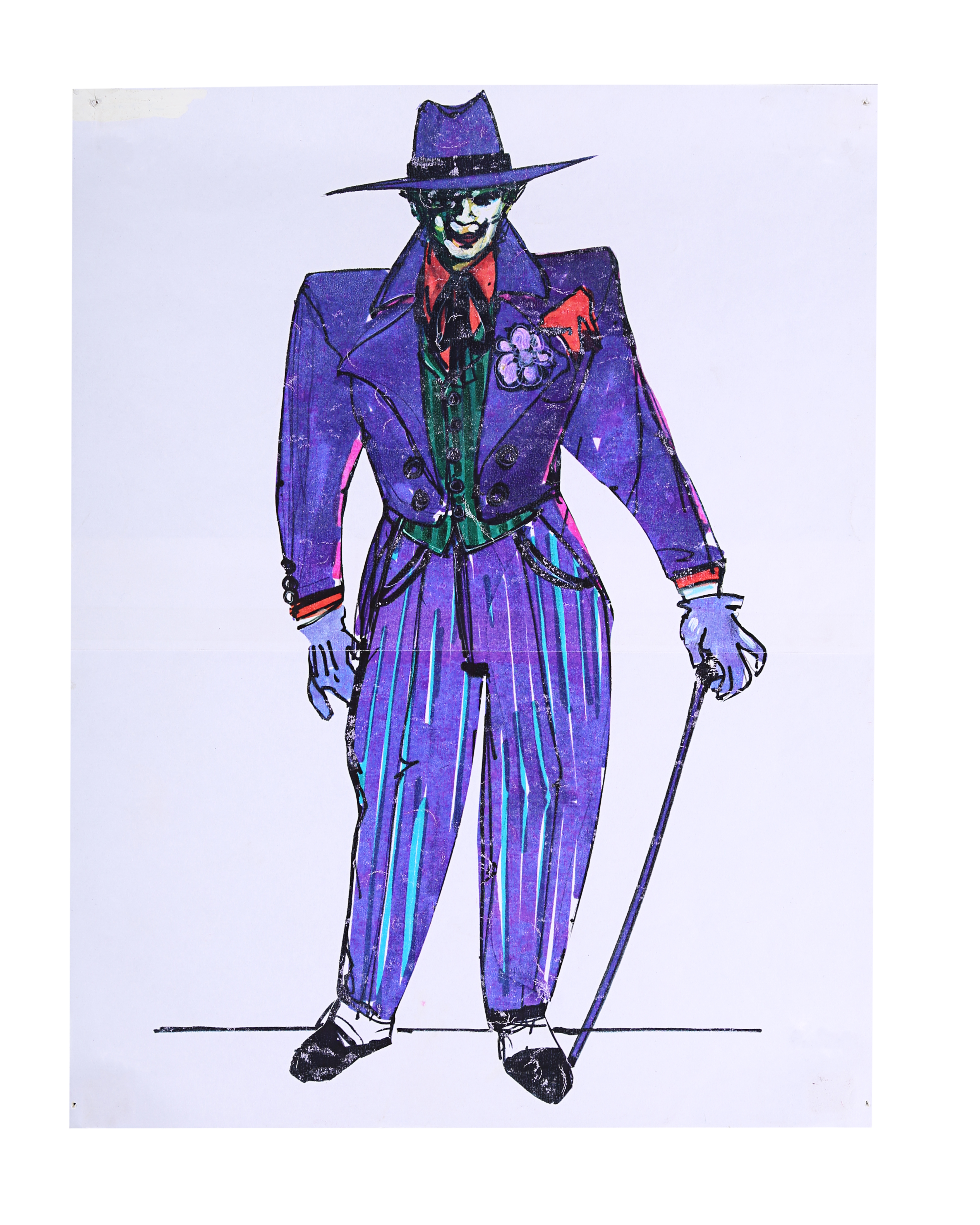
Lot 79 – Bob Ringwood Printed Production Costume Designs for Batman (Michael Keaton) and the Joker (Jack Nicholson), Batman (1989)
Batman Returns (1992)
In Tim Burton’s 1992 Batman, the main difference in design for this Batsuit is that is that it exhibited a sleeker and more armoured look than in 1989 design. The torso section in particular featured art deco plating style sections rather than the more muscular form. According to Bob Ringwood, images of art deco appliances and industrial vehicles were used as inspiration and their aerodynamic designs were translated into the design of the suit. Learning from the previous production, the foam rubber material used to construct this costume was slightly thinner and flexible, allowing the actor more movement. The design of the chest emblem was also tweaked so it resembled the design originally seen in the comics and the cowl now displayed a smooth finish as opposed to the bat-skin texture seen in the 1989 iteration.

Image courtesy of Comicbook.com
Batman Forever (1995)
In order to make the movies more family friendly, Warner Bros. decided the movie franchise needed some major changes, including dropping Burton. So, in early 1994 director Joel Schumacher was bought on board to produce a more light-hearted approach to Gotham’s caped crusader. The gloomy, sinister settings that epitomised the look of Burton’s 1989 and 1992 versions were replaced with elements of neon, producing a drastic contrast in look and feel.

The design of this Batsuit sparked controversary, with one design feature in particular causing quite a controversary – nipples. Why were nipples added to the Batsuit? Well, director Schumacher felt the suit needed to convey more sex appeal and had studied statues of Greek Gods for inspiration for his batsuit design. As a contrast to the bright neon sets of the film, the new suit itself lacked colour, with muted dark gold/bronze used for the chest emblem and a new silver tinted utility belt.
There was also the addition of the Sonar suit worn at the end of the film when he defeated the Riddler (played by Jim Carey). This suit was finished in an iridescent silver-black and a new bat symbol adorned the chest. There was also the new addition of lenses which slid automatically over the eyeholes of the cowl.
Batman & Robin (1997)
Schumacher returned with a sequel which was unfortunately met with overwhelmingly negative reviews by viewers. The controversial Batsuit design seen in his original 1995 Batman Forever was updated with a blue iridescent finish, but the overall inspiration of the muscular physique remained.

Again, a second costume known as the “Sonar Ice” armour was worn by the Caped Crusader for the film’s climax against Mr. Freeze (Arnold Schwarzenegger). The design was almost identical to the Sonar suit from the previous film, but this time using a blue and silver colour scheme.
Batman & Robin (1997) marked the end of the Schumacher-helmed series, with many considering this the end of the character itself on the big screen. It was not until eight years later in 2005 that the film series was successfully rebooted.
The Dark Knight Trilogy
Batman Begins (2005)
With his 2005 Batman reboot, director Christopher Nolan instructed his Academy Award®-winning costume designer Lindy Hemming to ignore the designs of the suits made for the previous film adaptations and focus more on recent comic book illustrations. The actual construction and materials used for the suit were very similar to the Burton and Schumacher film iterations. Suits were constructed from a combination of silicone, rubber, and wet-suit Neoprene. Batman’s cape proved to be a challenge as Nolan wanted it to flow in the breeze for scenes when the Caped Crusader was seen walking around, but also take on a rigid appearance when needed. About a dozen different versions of the cape were made, each with a specific purpose during filming.
Image courtesy of Reddit
Another aspect of the costume that needed updating was the cowl. In Burton and Schumacher’s previous films, the design of the cowl created restrictions in movement. This problem was reduced somewhat with the more flexible cowl seen in Batman Begins, and the mask section was purposefully made to be form fitting so Bale’s expressions could still be clearly identified on screen.
The Dark Knight (2008) and The Dark Knight Rises (2012)
For the second instalment in Nolan’s trilogy, it was decided the Batsuit needed a brand-new design, which was also cleverly incorporated into the on-screen plot. In previous films, the final suits ended up being quite uncomfortable for the actors to wear for multiple days on set and were all made from a combination of silicone, foam-rubber and Neoprene.

Image courtesy of The Washington Post
“I need a new suit.”
For his new trilogy, Nolan had over twenty new concept designs created, with the final design incorporating a more streamlined appearance and used the idea of a suit of armour as inspiration. Smaller plates of urethane armour with open spaces between them were added as opposed to the previous single piece armour plates seen in Batman, Batman Returns, Batman Forever, Batman & Robin and Batman Begins. These plates were then attached to an under suit constructed out of a specialised stretch mesh material which vastly improved the overall comfort of the costume. The neck and head portion of the cowl were also cleverly separated to allow more movement but blended seamlessly so it was not detectable on screen. This costume design was subsequently used for The Dark Knight Rises, with little to no further updates made.
One of the most memorable and talked about modern interpretations of the Joker was performed by Heath Ledger in Nolan’s 2008 film, The Dark Knight. This was Ledger’s penultimate role as he sadly died months before the film’s release. The standout role gave him worldwide recognition, including winning the post-humous Academy Award® for Best Supporting Actor in 2009.
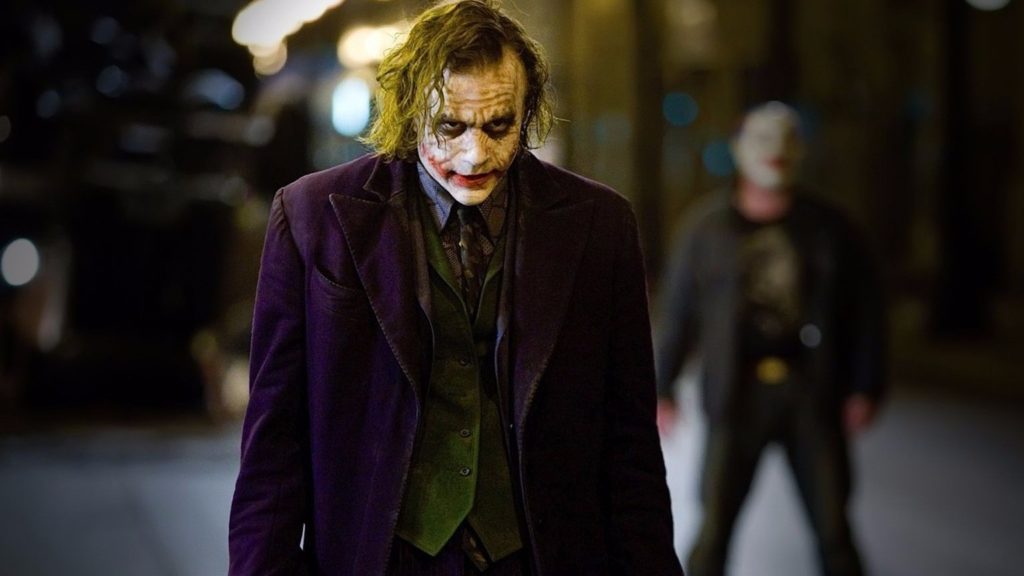
Image courtesy of Plugged In
“Why so serious?”
Nolan and co-writer David S. Goyer knew they wanted to take the Joker in a much darker direction and portray him as the ultimate psychotic anarchist. Hemming perfectly incorporated this more gritty, unsettling version of the Joker and focused on looking at images of punk rock figures such as Johnny Rotten, Iggy Pop and Pete Doherty, as she felt they were the modern version of a jester.
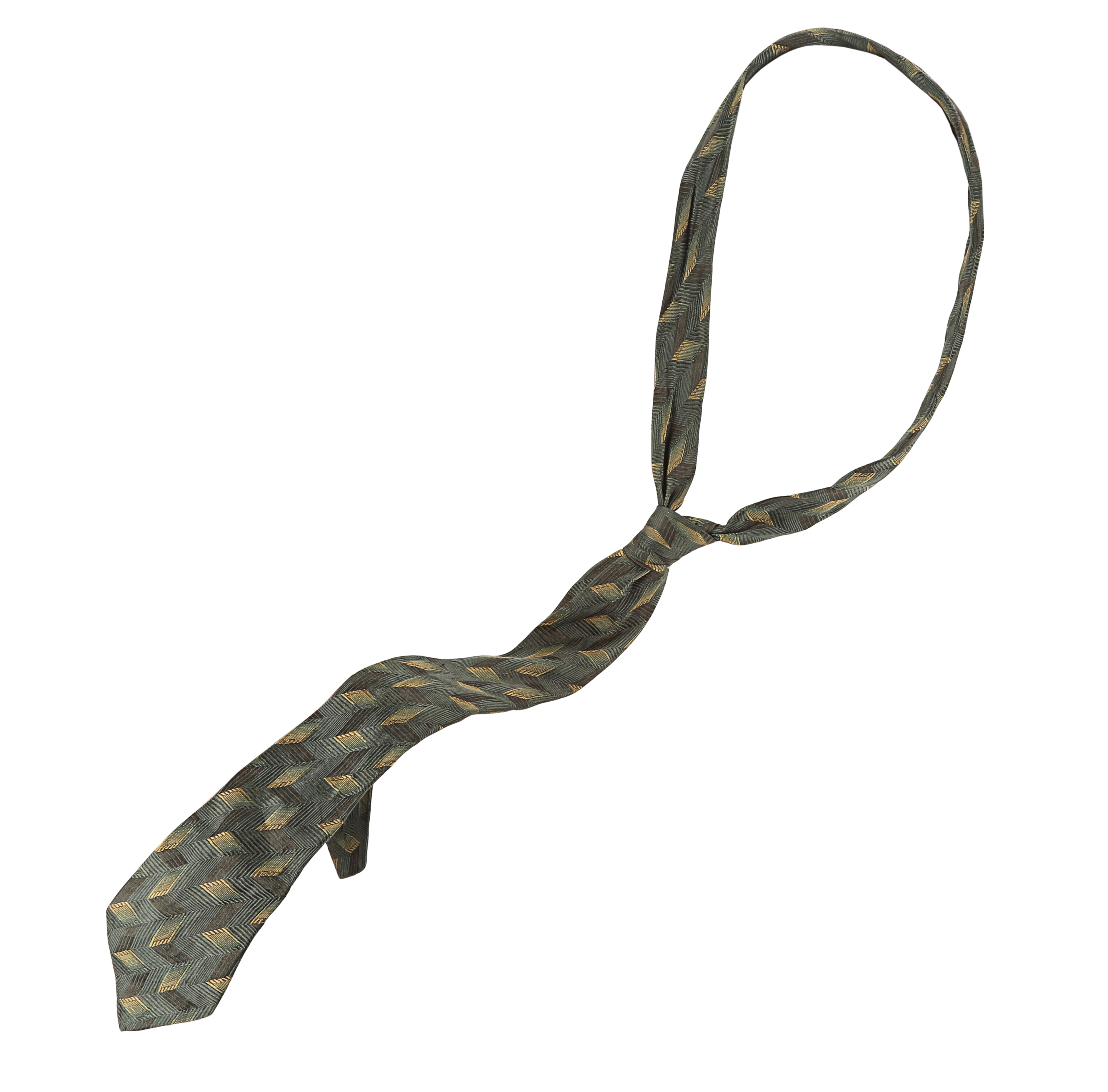
Lot 98 – Joker’s (Heath Ledger) Neck Tie, The Dark Knight (2008)
It was decided to give the costume a scruffier, grungier look and as if he took no pride in his appearance. His costume exhibited the well-known purple and green colour scheme and consisted of a purple coat (which bears resemblance to the coat worn by Jack Nicholson in Burton’s Batman), a custom printed shirt, a thin 1960’s custom tie, an emerald green waist coast, purple striped trousers and shoes featuring an upward swoop at the toe (a subtle nod to his jester roots). Oh, and let’s not forget his ultimate accessory, his cards.

Lot 95 – Scorched Joker Card Autographed by Heath Ledger, The Dark Knight (2008)
Batman v Superman: Dawn of Justice (2016)
Zack Snyder’s Batman v Superman: Dawn of Justice was the second instalment of the DC Extended Universe and saw quite a contrast in the design of the previous Batsuits. Designer Michael Wilkinson has stated the main inspiration for this version (and the endoskeleton armour suit) was the design which featured in Frank Miller’s The Dark Knight Returns comic series. This is the first suit to obviously mimic the comic book designs, now exhibiting a grey and black colour scheme. It still displays a muscular physique which has been incorporated into the suit in a more subtle way. The cowl also displayed shorter ears and the design allowed Affleck to comfortably move his head. The Caped Crusader donned another more armoured suit known as the “Mech Batsuit” which was designed to protect him against Superman in Batman v Superman: Dawn of Justice. Illuminated white lenses were built into the cowl which completely concealed the eyes. Both of the suits were built by Jose Fernandez and his team at Ironhead Studio.

Suicide Squad (2016)
This version was by far the most divisive design for the Clown Prince of Crime, with many fans not being impressed with the more modern gangster culture inspired version seen in David Ayer’s 2016 superhero film Suicide Squad. Costume designer Kate Hawley has stated that both she and Ayer looked at a combination of comics and real-life drug cartel leaders to bring together their take on the Joker. Ideas of dressing the Joker in the classic purple suit were toyed with at the start, but Hawley decided to strip the costume down to allow his various tattoos to be seen, which also gave actor Jared Leto a sense of freedom with the character. It was director Ayer’s idea to add the various tattoos to strengthen the gangster element of the character, with the metal grill also being added as a reference to the comic books (one story depicts the Joker getting his teeth get knocked out).
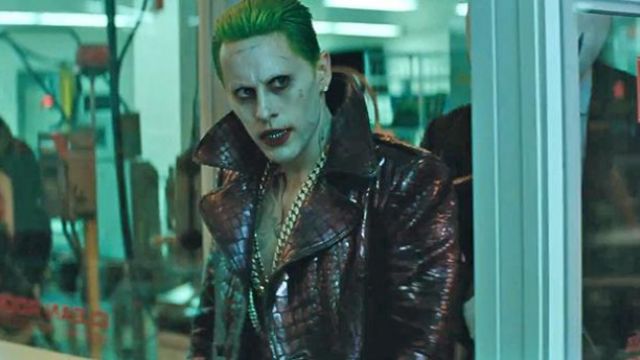
Image courtesy of Spotem
Justice League (2017)
Very small changes were made to the standard Batsuit in Zack Snyder’s Justice League, including a slightly different print to the fabric and some additional armour being added. Aspects of the cowl were also slightly modified, although it was hard to tell these differences on screen.

Like many of the previous films mentioned, Batman debuted a new suit known as the “Tactical Suit” in the final battle of the film against the team’s main villain, Steppenwolf. More obvious exterior layers of armour and detailing were added to the suit, but it exhibits a much sleeker appearance then the “Mech Batsuit” seen in Batman v Superman: Dawn of Justice. There is also the addition of a newly designed cowl and goggles being worn, which kind of resembled the lenses seen as part of the Sonar Suit from Batman Forever.
 Image courtesy of Comicbook.com
Image courtesy of Comicbook.com
Joker (2019)
Todd Phillips’ 2019 psychological thriller Joker saw a revamped version of the villain, and interestingly ventured away from the purple and green colour scheme. The story is based in New York in the 1980’s and focuses on failed clown and stand-up comedian Arthur Fleck’s decent into insanity to ultimately become the infamous Joker. Joaquin Phoenix’s brilliant performance won him the Academy Award® for Best Actor. Phoenix and Heath Ledger are the only two actors to win the Oscar for the role of the Joker.

Costume designer Mark Waters incorporated pieces of clothing that had been worn in scenes throughout the film for the Joker’s vibrant final outfit. This choice emphasised the fact Arthur lived in poor conditions and would therefore not have a large selection of clothes. His final ensemble consisted of a maroon coloured 1970’s style two-piece suit, a gold mustard waistcoat and a patterned bottle-green shirt. While the costume may appear as a vast contrast to previous interpretations, it still encompasses some elements. The maroon colour resembles the pink of the suit worn by Romero in the 1960’s series and the patterned green toned shirt could be considered as a small nod to Ledger’s attire from the Dark Knight. A new version of the makeup was created, one that captured the fact that this version of the Joker is living in the real world and that he would have applied it himself.
Holy batman – get your batsignals at the ready because we have a batcave’s worth of original movie props and costumes from the caped crusader himself in this year’s London Entertainment Memorbilia Live Auction on the 1st and 2nd December 2020. Discover a whole host of true movie history now over at propstore.com/liveauction
Don’t forget to follow us on Twitter and Facebook. And remember, you can explore so much more at our archive and see the extensive range of film and TV items we have for sale and auction over at propstore.com!
